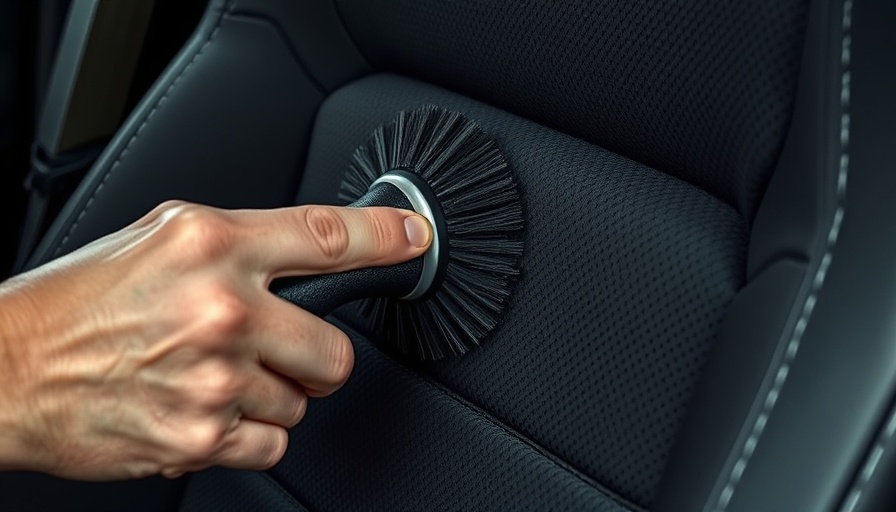
Importance of Keeping Alcantara Clean
Car enthusiasts know that maintaining the interior of a vehicle is as important as caring for its exterior. For those who have Alcantara upholstery, proper cleaning is crucial. Alcantara is a unique fabric that combines both luxury and practicality, as it offers a suede-like feel while being durable and easy to maintain. However, it can attract dirt and stains if not cared for regularly. Understanding how to clean this fabric keeps your car looking fresh and new, which enhances its overall value and appeal.
In Tips for Cleaning Alcantara!, the discussion dives into essential cleaning tips, showcasing key insights into how to maintain this unique material, which we're exploring in-depth for further clarity and best practices.
Essential Cleaning Supplies for Alcantara
Before diving into the cleaning process, it’s important to gather the right tools. You will typically need a soft-bristled brush, a gentle cleaner, and a microfiber cloth. A vacuum cleaner with a brush attachment can also aid in removing loose debris from the Alcantara surface, providing a good starting point for a thorough cleaning. This preparation helps set the stage for successful cleaning outcomes and protects the material from damage.
Tips for Effective Alcantara Cleaning
To clean Alcantara effectively, start by gently vacuuming the area to pick up crumbs and dirt. After that, lightly scrub the fabric with the soft-bristled brush to lift any embedded dirt without damaging the surface. Apply a small amount of gentle cleaner to a microfiber cloth—never apply cleaner directly onto the fabric—to avoid over-saturation. Use circular motions to clean the area, ensuring you do not rub too harshly, as this could cause fraying or wear.
Preventive Measures for Long-Lasting Cleanliness
Keeping your Alcantara upholstery in top shape goes beyond just cleaning. Regular maintenance routines can help keep the fabric looking great. Consider using a protective spray designed for Alcantara, which can help repel stains and dirt. Additionally, avoid eating or drinking in the car, and consider using seat covers if you frequently transport pets or children. These simple practices can extend the life of your interior and reduce the frequency of deep cleans.
Common Mistakes to Avoid
When it comes to cleaning Alcantara, there are several common mistakes that car owners should steer clear of. Using harsh chemicals or abrasive materials can cause irreversible damage to the fabric. Additionally, scrubbing aggressively can flatten the fibers, making the material look worn. Always opt for gentle cleaning solutions and approaches to ensure your Alcantara remains luxurious and appealing.
In Tips for Cleaning Alcantara!, the discussion dives into essential cleaning tips, showcasing key insights into how to maintain this unique material, which we're exploring in-depth for further clarity and best practices.
 Add Row
Add Row  Add
Add 




Write A Comment